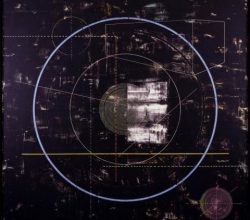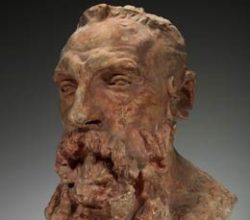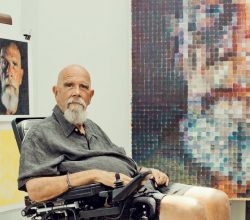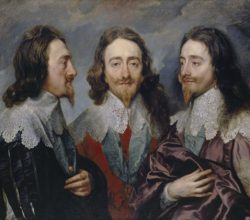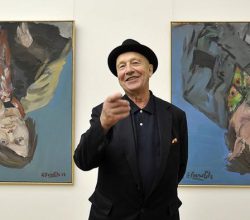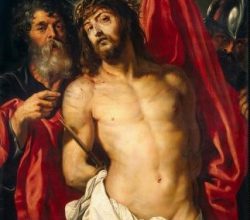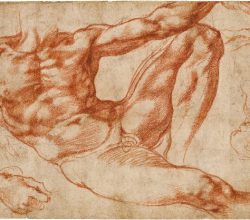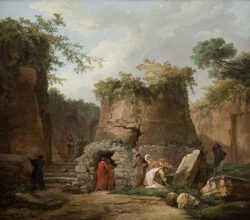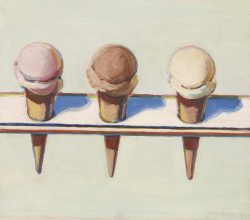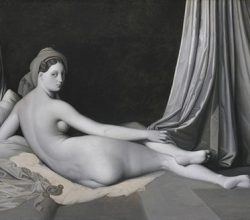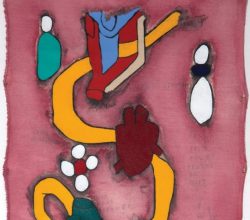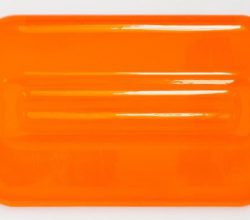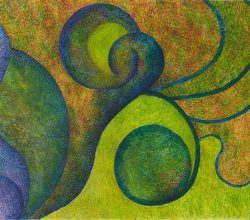
Andreas Gursky, master of the contemporary sublime
IW | The Economist | 26th January 2018
Gursky is widely acclaimed because he reveals a world that we know and yet still takes us by surprise. He composes images where “all the pictorial elements are as important as each other”. Confronted with so much detail the eye defaults to a summary impression – “a kind of abstract expressionism, painterly in scale and epic in intention”. An excellent commentary by the curator (5 min) is here.

